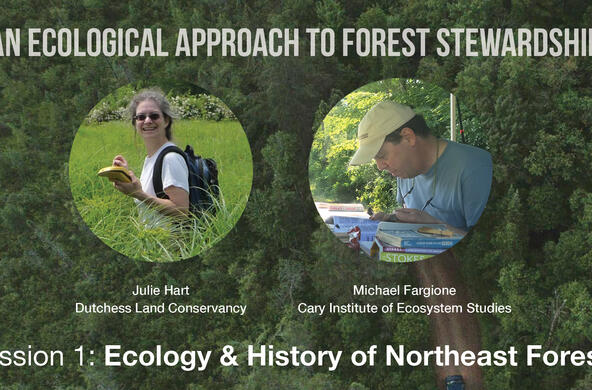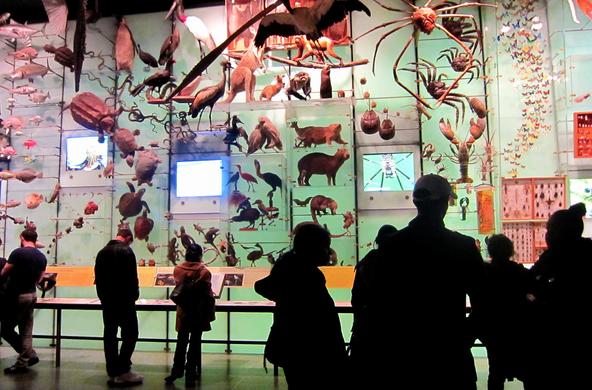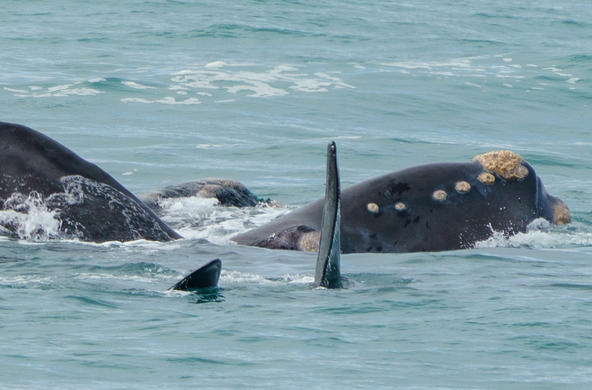In the annals of invasive species, humans would surely rank among the best. Rabbits, Red deer, rats and feral cats offer no match to the worldwide impact of the human species and its ability to colonize new habitat.
Over the past 60 years, as I have watched the North American countryside get suburbanized, it seems likely that few natural areas will remain for the next generation. Of course, that is a self-centered view; in reality little habitat may remain for the other species that share the planet with us.
For humans, a field guide to the mammals should read:
Survives and known to reproduce at all elevations from below sea level (even submarine) to the highest mountain peaks and at temperatures ranging from -100 to +120 F. Highly flexible, but prefers level, fertile soils. Highly social, but dominance hierarchy is determined by den size. Builds paths to connect to adjacent habitat as needed. Can fly if motivated. Digs for resources to supplement what is locally available. Frequently contaminates habitat, especially waters, to the detriment of itself and other species. Persistently noisy. Often spends much time in den exercising thumbs on small hand-held devices. Reproduces abundantly.
As our global numbers now approach 8 billion, we have directly modified about 77% of the land surface outside Antarctica, harvesting about 10% of terrestrial plant production in crops and an equal amount for other purposes. Indeed, by adding carbon dioxide—a plant fertilizer—to the atmosphere, we have modified plant growth in the most remote corners of the Earth. The oceans are more acidic, and we harvest fishes from 55% of the ocean area. Pursuit of tourism to novel and pristine habitats now threatens to trample and contaminates even the Antarctic continent.
Rapid changes in climate and human arrival led to the extermination of the large mammals of North America 18,000 years ago. Today, our pursuit of food (bush meat), trophies, and aphrodisiacs threatens many of the large animals of Africa. If the past is any indication of the future, we can expect further extinctions very soon.
In the United States, 20% of the land area is within about 400 feet (127 m) of a road and only 3% is more than 3 miles from a road. Among protected areas in the U.S., 21% of the land area experiences a 10-fold or greater elevation of background noise over nature. Many areas experience elevated levels of nighttime light with documented effects on multiple species. As an index of our impact on biodiversity, several migratory birds in North America show > 60% decline in numbers during the past few decades. Will the Wood Thrush survive to herald in the spring with its song in 2100? I am not sure, but its absence would forever impoverish the natural history of our countryside.
All this is to say that unless we curb the growth of the human population, future generations will have no escape from the pressure of their own numbers and the stresses of a full planet. Will life persist? Probably, but at a low level of the rich diversity of experience that up to now has been enjoyed by so many.
References
Buxton, R.T. and 6 others. 2017. Noise pollution is pervasive in U.S. protected areas. Science 356: 531-533.
Drizo, R., H.S. Young, M. Galetti, G. Ceballos, N.J. Isaac, and B. Collen. 2014. Defaunation in the anthropocene. Science 3345: 401-406.
Kroodsma, D.A. 13 others. 2018. Tracking the global footprint of fisheries. Science 359: 904-908.
Ritters, K.H. and J.D. Wickham. 2003. How far to the nearest road? Frontiers in Ecology and Environment 1: 125-129.
Stohlgren, T.J., C.S. Jarnevich, and C.P. Giri. 2010. Modeling the human invader in the United States. Journal of Applied Remote Sensing 4: DOI: 10.1117/1.3357386






